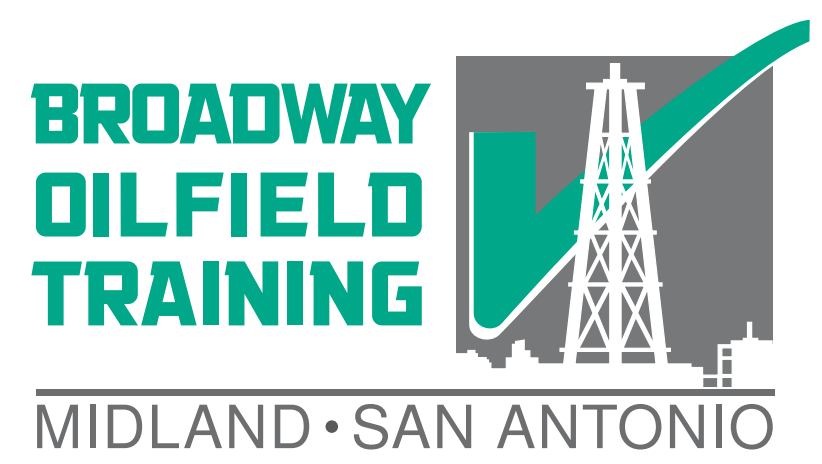“We always try to use the local guy,” is one of the many lessons that Junior tried to explain to me during my first year in the oilfield. Junior managed rig operations in the Kermit, West Texas field office and—through three decades of oilfield work—had seen all the ups and downs of the business. While some operations required one of the large international service companies to step in, most steps in any activity were led by smaller local providers.
Not every operator believes this. Years later I spent many hours in meetings for a private E&P where their goal was cutting the total number of contractors in the supply stream. While the goal was to simplify operations, the obvious result of this cutting was that nearly all of their service suppliers were the large multiservice providers.
This private E&P had quickly succeeded in driving smaller providers out of the business. The remaining large service companies remained entrenched within the company and filled out some services that smaller local providers had previously offered. The desired goal—to simplify operations—was not achieved under this scheme. While large providers did gain more work by picking up more jobs and more job types, they did not shoulder a larger share of any one operation. The result of shrinking the vendors list by eliminating local providers was to give larger providers less competition without additional responsibility
It’s not clear that using many smaller, local providers makes any operation more complicated to manage. There certainly are more names on the list of people you might use for any one task, but the number of providers used turned out to be the same. There were also some big benefits to using local providers that kept jobs working smoother. Back in West Texas, the drives from location to location were very large. On more than one occasion, when using a large integrated service company, a crew would arrive near location only to run out of DOT hours. These large companies were always less responsive, less familiar with the rules, and more expensive. The small local providers did everything they could to remain the most competitive, even if that meant making something big happen late on a Friday night.
The benefits to having and using local service providers is clear: they are more responsive, more competitive, and able to focus on just a few operators’ styles. It also generally makes the work more efficient because workers waste less time on the road and spend more time adding value at the jobsite. Do not mistake anything here as an attempt to disparage large integrated service providers—it is not. Large service providers can provide localized services, but they must be dedicated to doing so.
Recommended Training: PEC SafeLand
